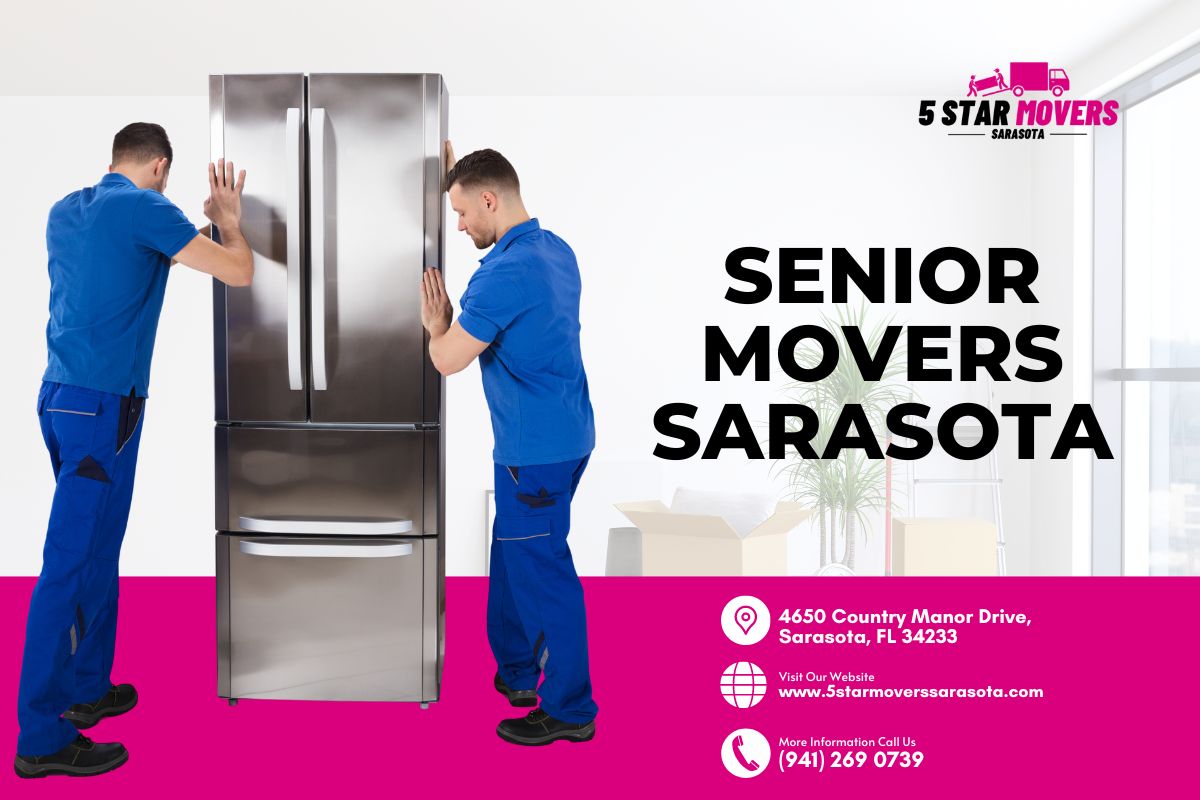


Introduction
Moving to a new office space can be an exciting but challenging endeavor for any business. It requires careful planning, coordination, and communication to ensure a smooth transition. One of the key aspects of a successful office move is preparing your employees for the change. In this article, we will provide you with valuable tips and strategies to help you effectively prepare your employees for an office move.
Understanding the Importance of Preparing Your Employees for an Office Move
Preparing your employees for an office move is crucial for several reasons. Firstly, it helps alleviate any concerns or anxieties that they may have about the move. Change can be unsettling, but by properly preparing your employees, you can minimize resistance and ensure a positive transition experience. Secondly, informed and engaged employees are more likely to embrace the changes and adapt quickly, which is essential for maintaining productivity during the relocation process.
Tips and Strategies for Preparing Your Employees for an Office Move
1. Start Early
- Begin the preparation process well in advance of the move date. Communicate the move to your employees as soon as possible.
2. Create a Communication Plan
- Develop a comprehensive communication plan to keep your employees informed throughout the entire process. Utilize various channels such as email updates, meetings, newsletters, and intranet announcements.
3. Provide Detailed Information
- Share all relevant details about the new office location, including its features, amenities, and proximity to transportation. Address any concerns or questions that your employees may have regarding parking, commuting options, or nearby facilities.
4. Involve Employees in Decision-Making
- Seek input from your employees regarding their preferences for office layout, furniture arrangement, and amenities. Empowering them with decision-making opportunities can increase their sense of ownership and engagement in the new space.
5. Organize Office Tours
- Arrange for office tours to familiarize your employees with the new environment. Highlight key areas such as break rooms, meeting spaces, restrooms, and parking facilities.
6. Provide Packing and Labeling Guidelines
- Offer guidelines on how to pack personal belongings and label boxes. This will ensure a smooth transition and minimize the risk of misplaced or lost items.
7. Offer Assistance with Moving Logistics
- Provide resources or assistance for employees who may need help with packing, moving, or transportation arrangements. Collaborate with professional office movers to streamline the process.
8. Establish a Timeline for the Move
- Clearly communicate the timeline leading up to the move and any necessary actions employees need to take. This will help everyone stay organized and on track.
9. Conduct Training Sessions
- Offer training sessions on using new equipment or technology that may be present in the new office space. This will help employees feel confident and prepared in their new environment.
10. Address IT and Technical Needs
- Coordinate with your IT department to ensure a seamless transition of computer systems, internet connectivity, and phone lines. Plan for any necessary downtime during the move to minimize disruption.
11. Update Contact Information
- Request that employees update their contact information prior to the move. This includes providing their new address, phone number, and emergency contact details.
12. Celebrate the Move
- Plan a celebration or team-building activity to mark the successful completion of the move. This will boost morale and foster camaraderie among your employees.
FAQs
Q1: How early should we start preparing our employees for an office move?
A1: It is recommended to begin preparing your employees for an office move as soon as possible. Ideally, you should start communicating the move several months in advance to allow ample time for planning and addressing any concerns.
Q2: Should we involve our employees in decision-making regarding the new office space?
A2: Yes, involving your employees in decision-making can increase their sense of ownership and engagement in the new space. Seek their input on office layout, furniture arrangement, and amenities to create a more inclusive environment.
Q3: How can we minimize disruption during the move in terms of IT and technical needs?
A3: Coordinate with your IT department to ensure a smooth transition of computer systems, internet connectivity, and phone lines. Plan for any necessary downtime and communicate with employees about potential disruptions to minimize inconvenience.
Q4: What are some ways to keep employees informed throughout the moving process?
A4: Developing a comprehensive communication plan is essential. Utilize various channels such as email updates, meetings, newsletters, and intranet announcements to provide regular updates and address any questions or concerns.
Q5: How can we celebrate our successful office move?
A5: Plan a celebration or team-building activity to mark the successful completion of the move. This could include a company-wide event, team lunches, or even small personalized gestures to show appreciation for your employees' support during the transition.
Q6: What should be included in our packing and labeling guidelines?
A6: Your packing and labeling guidelines should provide instructions on how to pack personal belongings safely and efficiently. Additionally, emphasize the importance of clearly labeling boxes with employee names and department information to ensure easy identification during unpacking.
Conclusion
Preparing your employees for an office move is a critical step in ensuring a smooth transition. By starting early, creating a communication plan, involving employees in decision-making, providing detailed information, offering https://www.google.com/maps/place/?q=place_id:ChIJiW0nbRNBw4gRpm0Gz36LVA8 assistance with logistics, and celebrating the move, you can effectively prepare your employees for this significant change. Remember to address any concerns or questions they may have along the way and keep them informed throughout the entire process. With proper preparation and communication, your employees will be ready to embrace their new office space with enthusiasm and productivity.